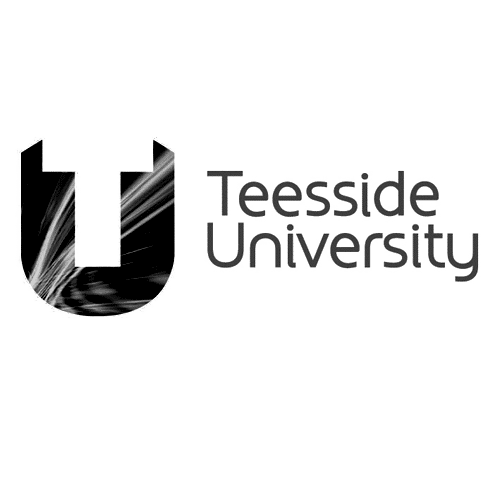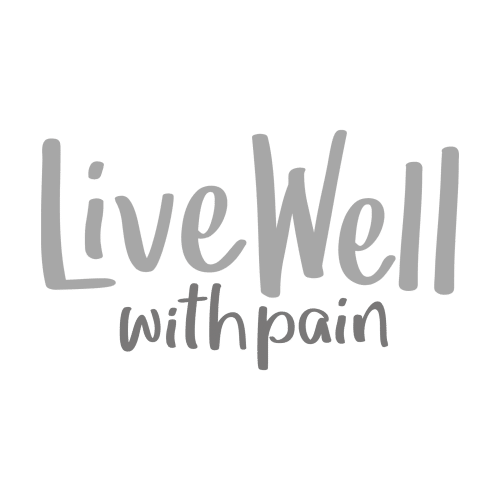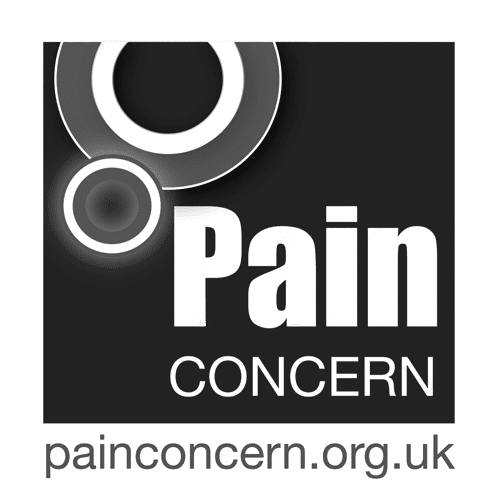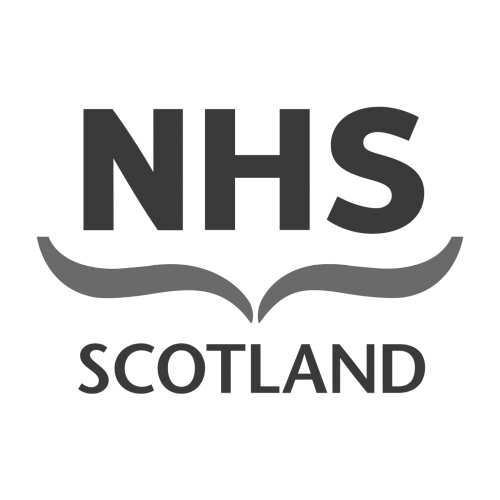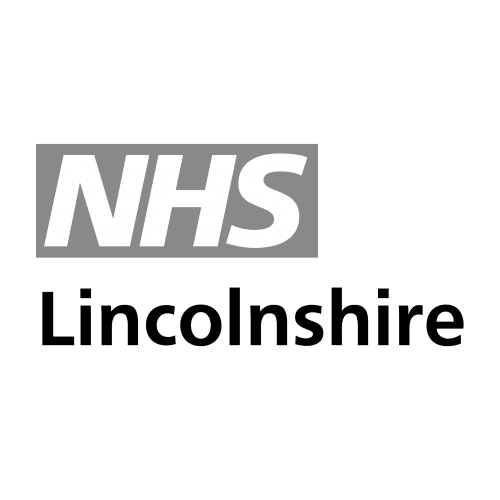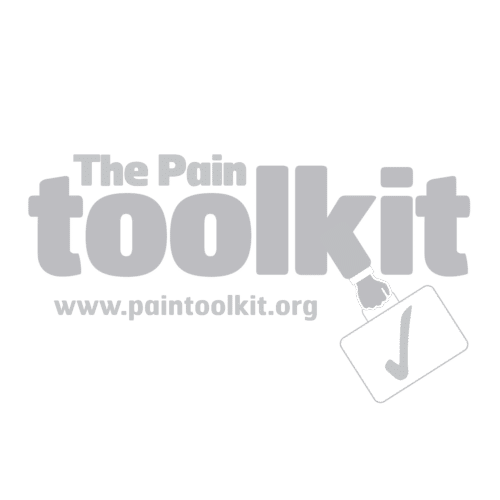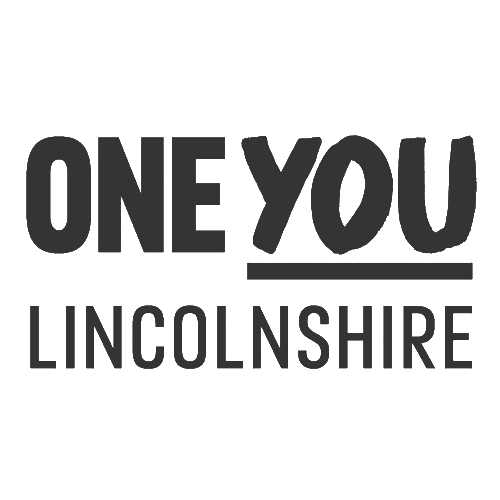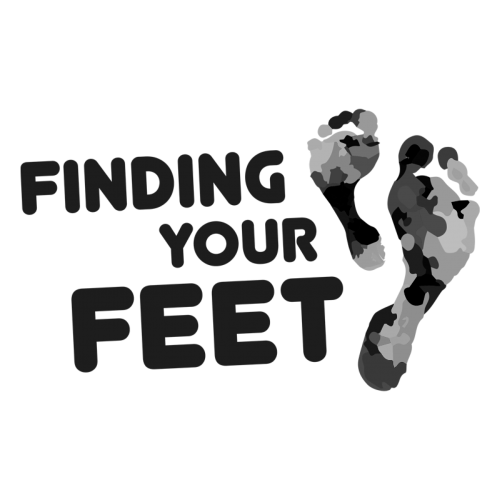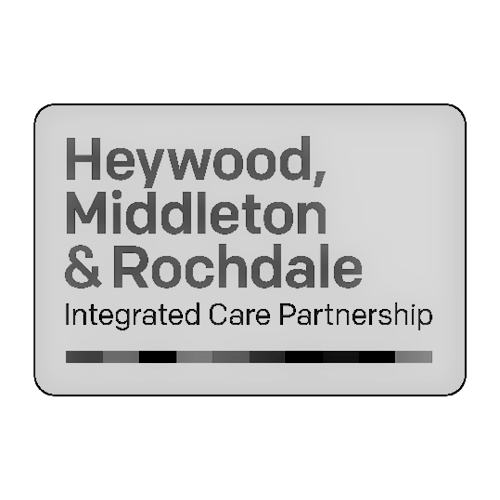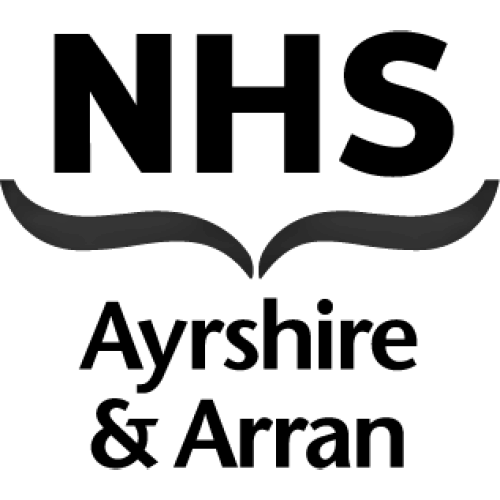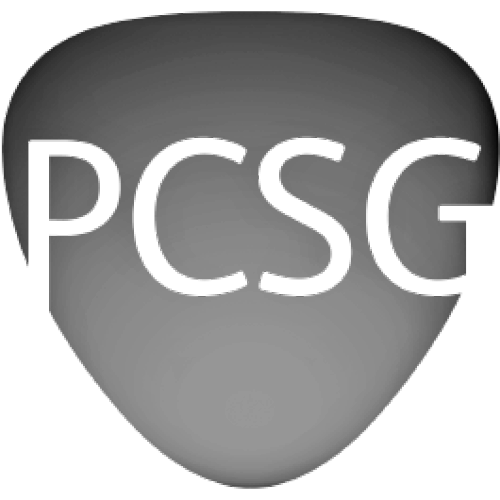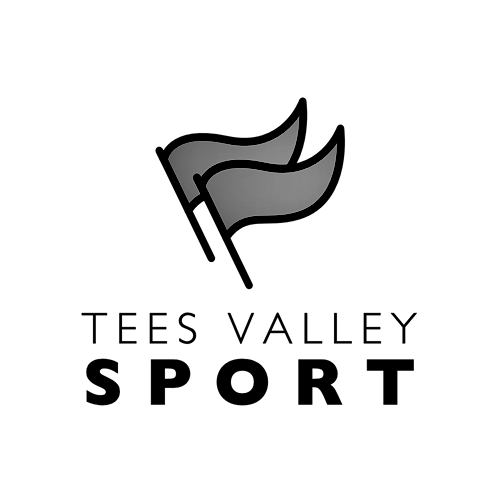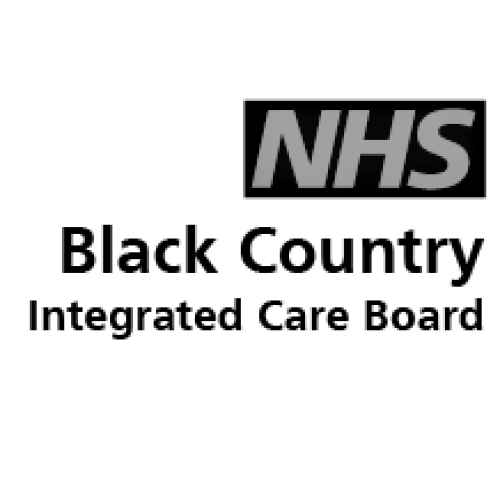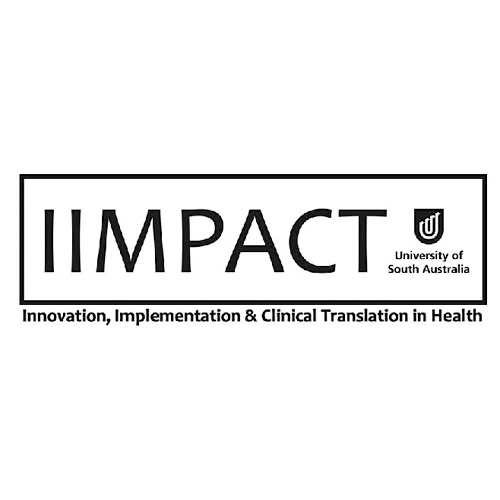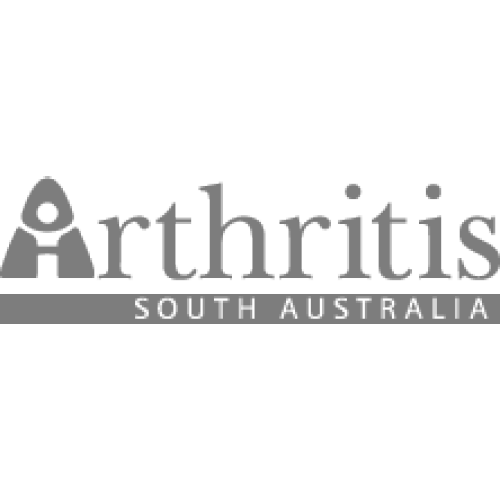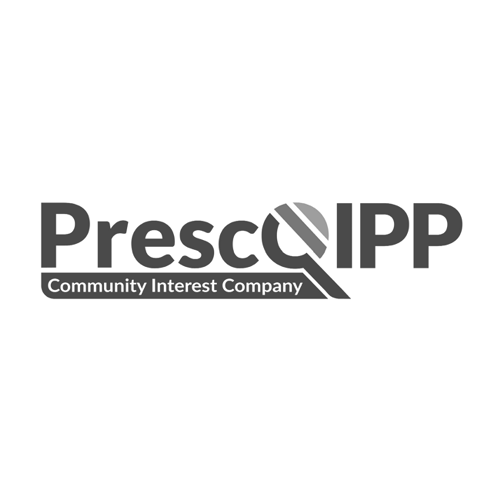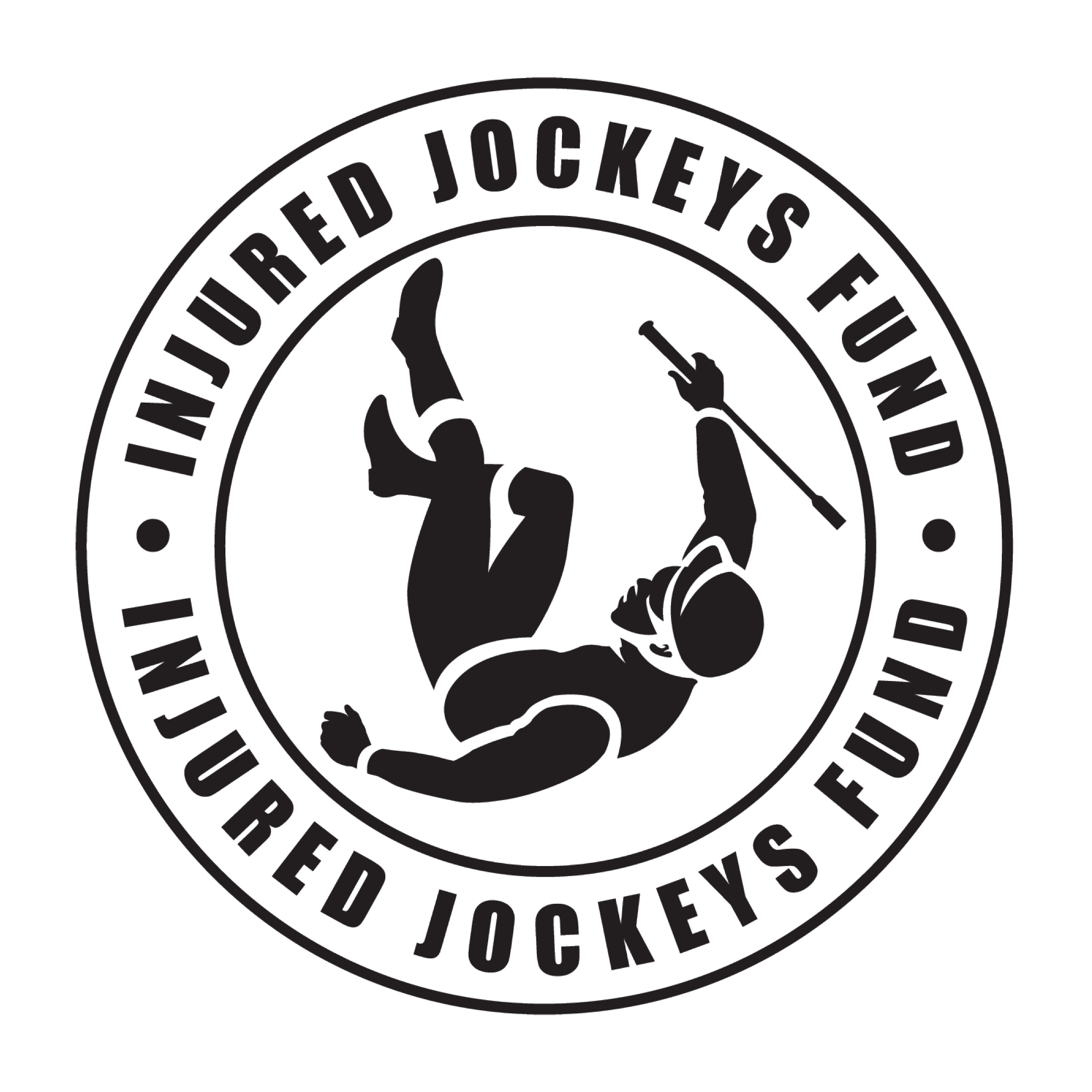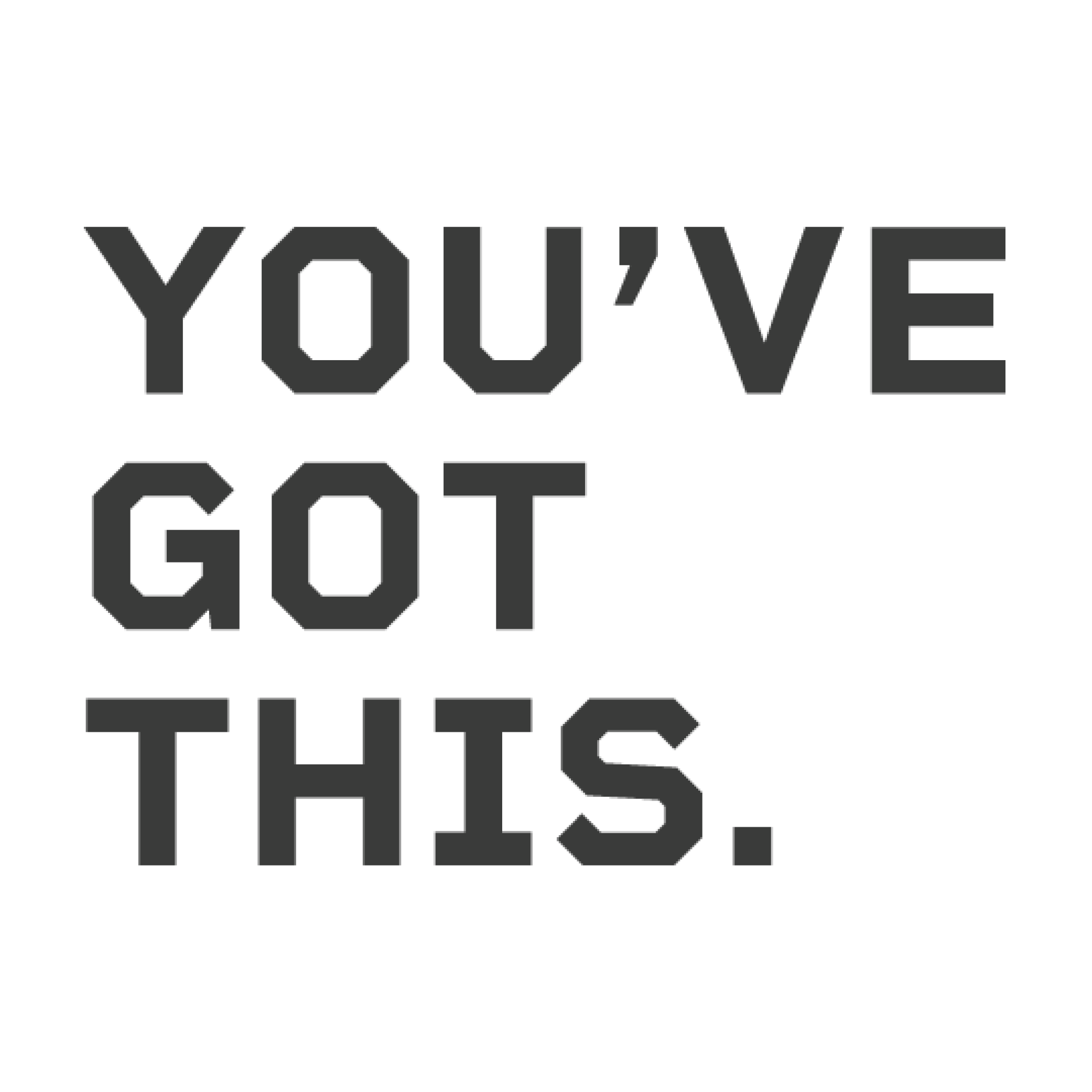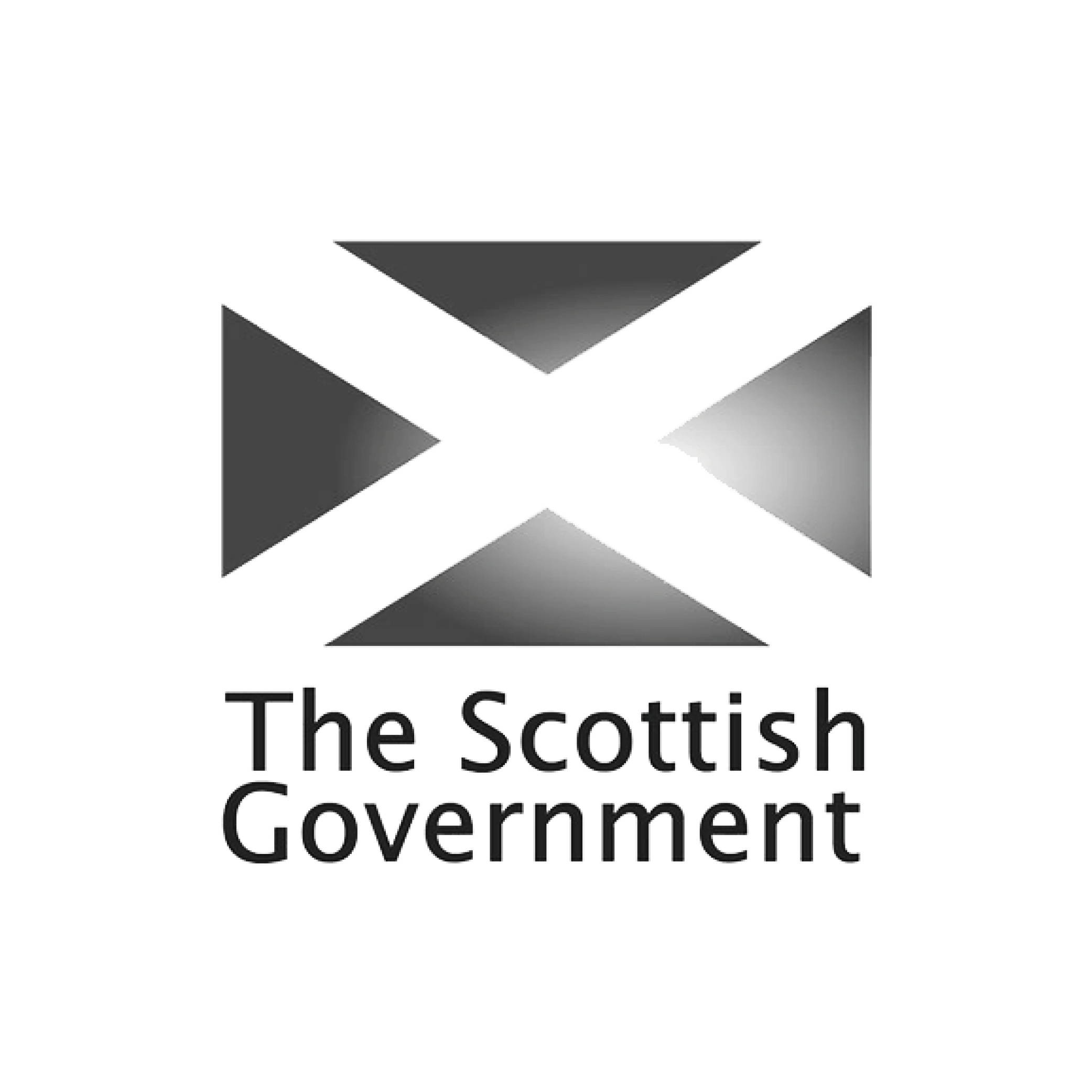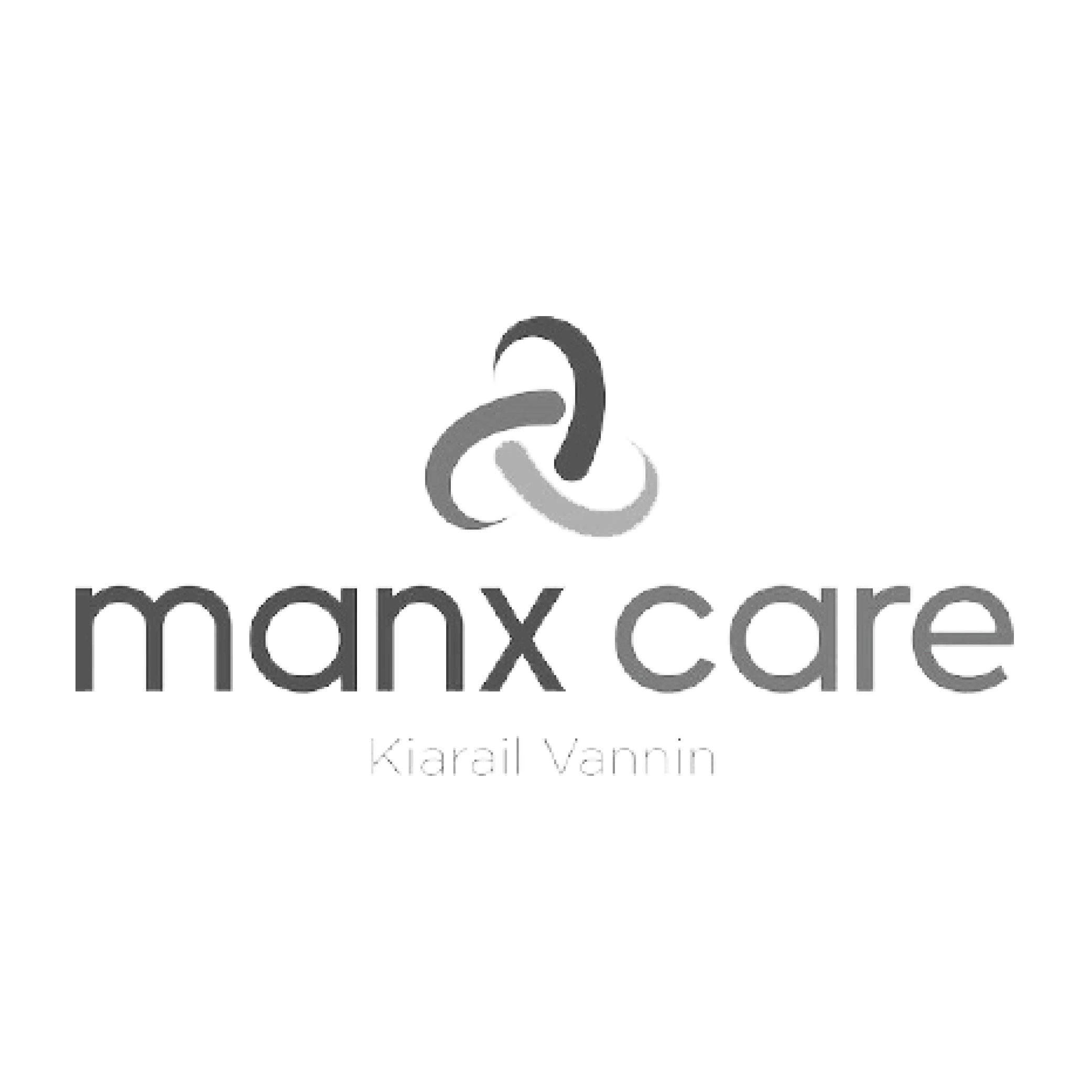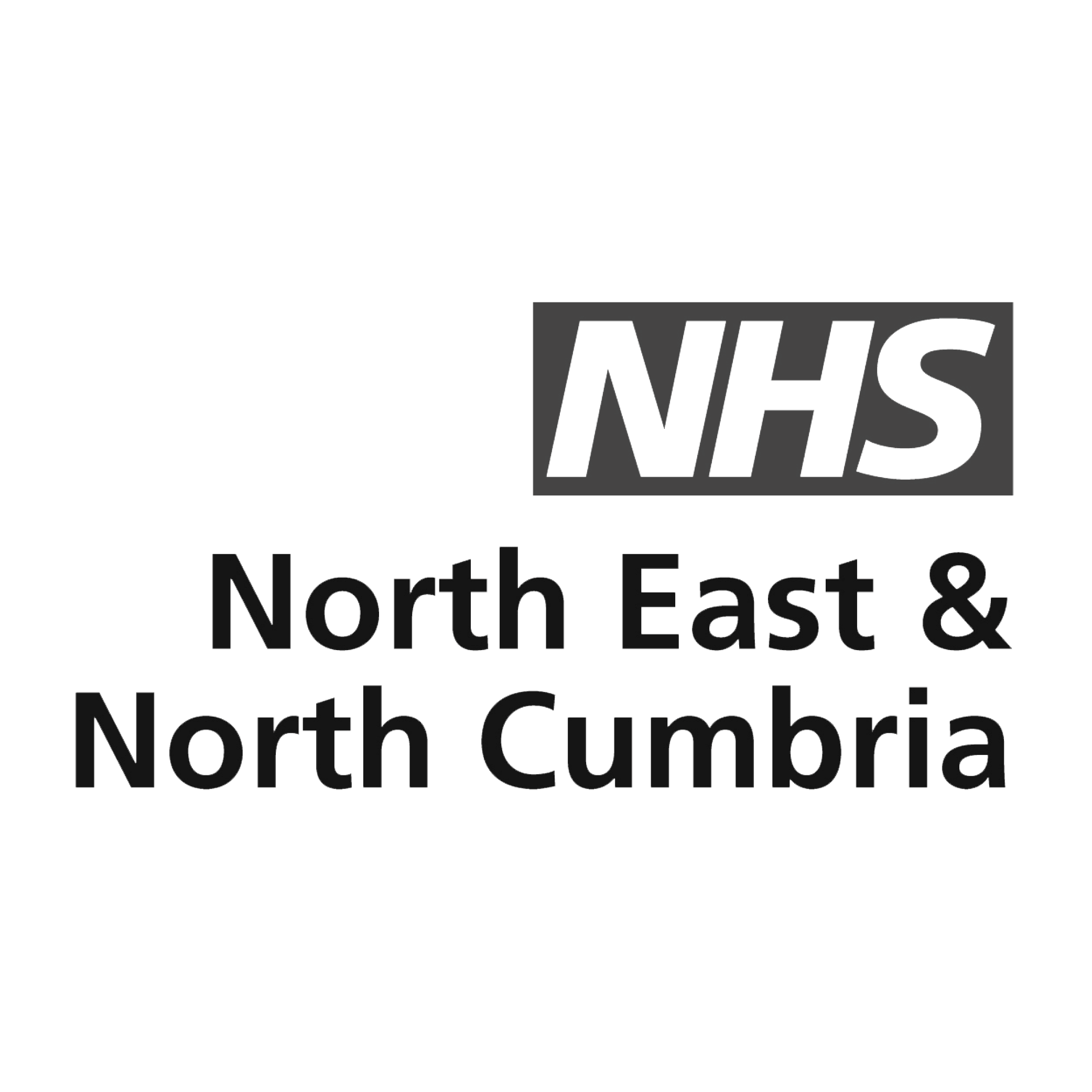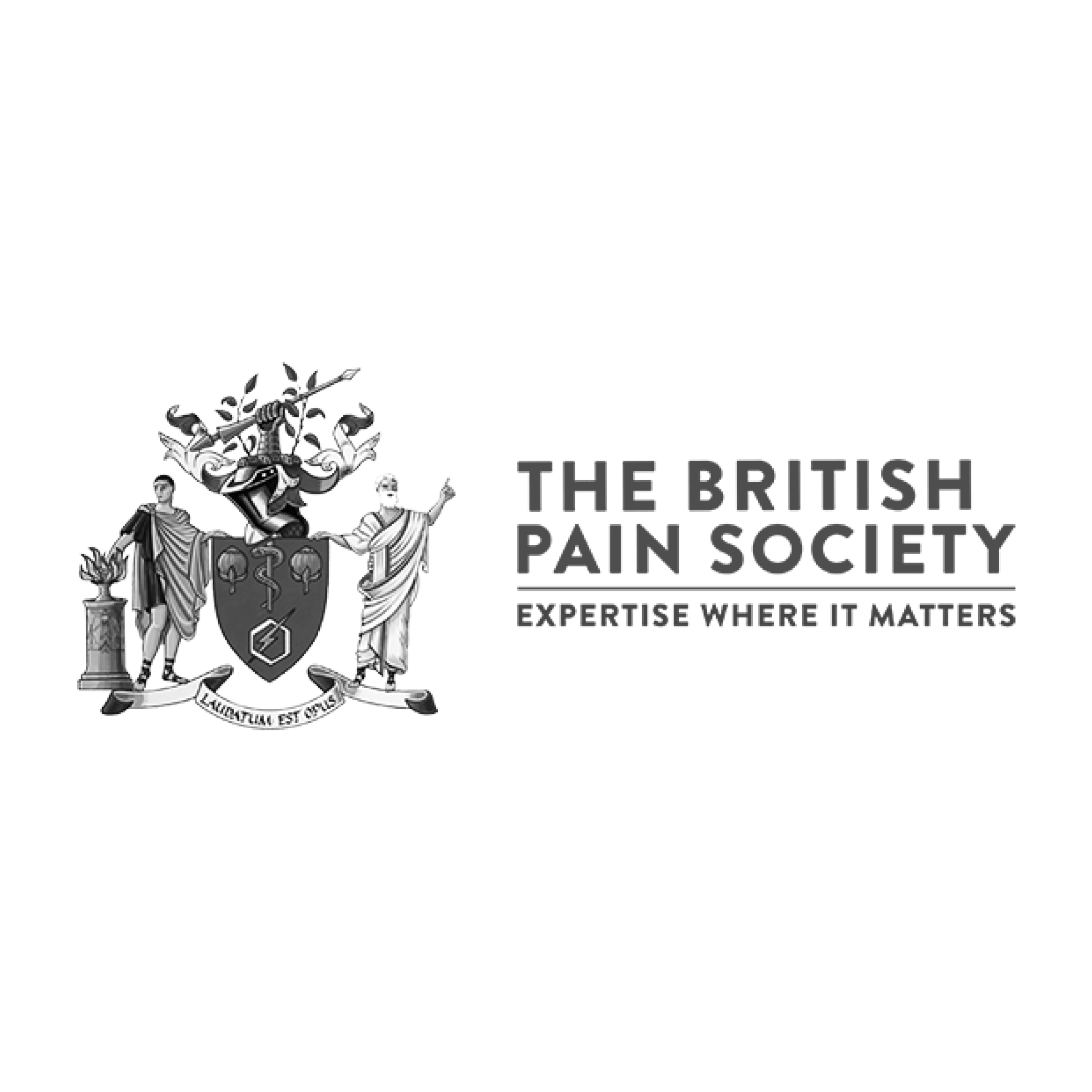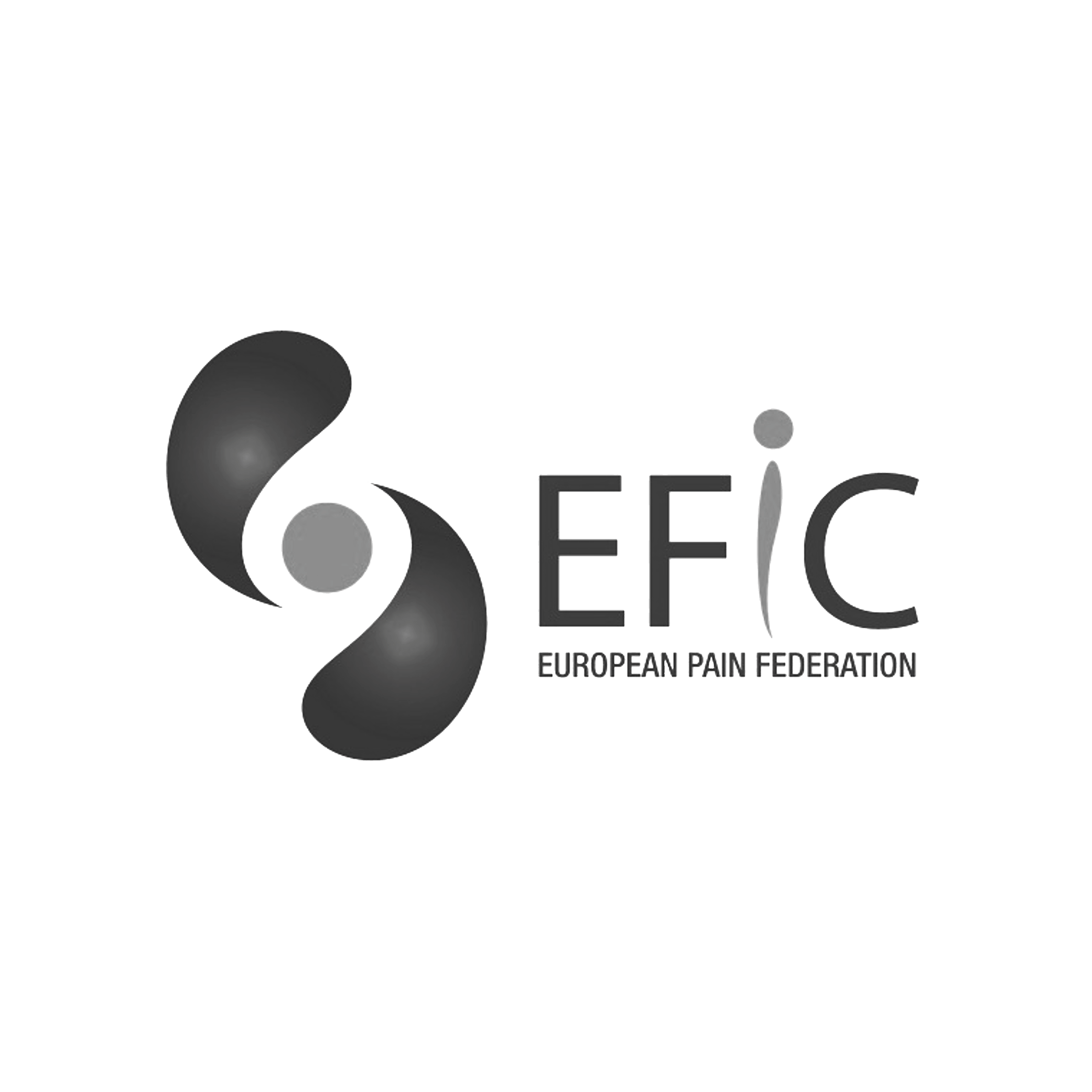Steph was diagnosed with Fibromyalgia in 2004, she tells us pain medication didn’t help her condition but thinking differently did.
My pain started in the late 90s and it felt like someone had put a knife between my shoulder blades. 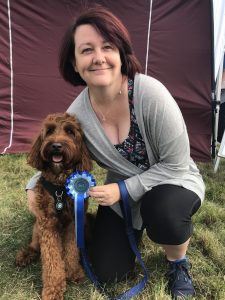
I had no real explanation for my pain for many years, which was difficult when trying to explain it to people. Over time it spread to my hands, feet, face, in fact pretty much everywhere. While I was undiagnosed I felt like I’d had every treatment that was available on the NHS. It started with physiotherapy and progressed on to facet joint injections, steroid injections, botox injections, shockwave treatment, nerve blocks… but it was only ever short-term relief. I felt like I’d exhausted everything when I was diagnosed with Fibromyalgia in 2004.
The way I explain persistent pain is like this:
When I broke my arm my threat switch went on and nerves told my brain that something had gone wrong and to not use the arm while it healed. And when it did over time, the threat switch went off. With Fibro though, the threat switch is always on. Your nerves are communicating that threat all the time and you feel pain all the time as a result.
It’s complex and there’s no surgical option so I had to learn to live with it and I was interested in anything that would make my life better and more manageable because I was spending days in bed, falling asleep because of the medications and losing out on time with my family.
So my consultant offered me a Pain Management Programme (PMP).
I went on a month-long pain management residential and that is where the big turning point was for me , which was acceptance that while there’s no cure, there are different ways of living with the condition. Every day we had a mini physio session and I was really struggling one day with bending so I said, “it’s really hurting me, I can’t do it”. At which point the consultant asked why I was doing it and I said because he’d asked me to! And he said “do you really need to be able to do that to get through daily life? Do you need to be able to touch your toes? I said no” and he suggested not doing it if it’s not important to me. It was a whole new way of looking at what I did and doing it differently.
I was on a lot of pain medication when I started and I already knew they weren’t for me.
They masked the pain but the side effects were what put me in hospital, not the Fibromyalgia. I agreed a personal plan with my doctor about how to reduce my intake and manage my pain better. I had to re-teach my brain about how I think about pain but I’m now on minimal medication. I take one tablet at night so that when I wake up my pain is controlled. I also do a lot of walking, we got a puppy four years ago. Previously I wouldn’t walk very far because of my foot pain but when you have a dog, you have to! Between me and him, we’ve built up how far we can walk. Some days pain means I can’t run while he jumps around the agility course but it gives my brain something else to think about so it doesn’t always focus on the pain.
He has saved my life and he makes me push myself a bit harder. I’ve been working from home during the pandemic but I have reminders to get up from my chair and not get too engrossed in my work. If I sit too long, it aggravates my pain. No one is going to tell me to do it or make me do it – I have to do it to help myself.
In the past, if I’d been having a really bad flare up where one or multiple areas are unbearably painful. I used to try and figure out what had caused it.
Had I gone out with friends? Had I been socialising? Had I overdone it an event? What I was naturally doing was telling myself that these things had caused the pain and then deciding not to do them anymore to avoid future pain. The pain management programme taught me how to not look back and it’s really hard to do because your natural reaction is to look back and think “oh, what I have I done to cause that?” But I live in today now and don’t beat myself up about what I did yesterday, otherwise I’d never do anything in life I’d never go anywhere and I’d never see anyone and those things are important to me. I actually spent a lot of the PMP crying. I had to do a lot of thinking, thinking about how pain impacted my
life and my family and my friendships. Because of pain, if I couldn’t be guaranteed a seat at an event, I wouldn’t go. I would avoid public transport. I’d lost friends and a big chunk of my life and that was painful to go through but it showed me what I wanted to move towards in the future.
There were many times when I wondered if the PMP was going to benefit me in the long run and whether it was worth putting myself through this emotional experience.
The course made me appreciate what I had but also see that I wanted a better future for myself. One thing that was a tipping point was thinking about my values and what I wanted from life.
I was very career-minded when I started on the course and was always aiming for the next promotion. But I had the realisation on the course that that wasn’t really what I wanted. My realisation was that work brought stress and stress brought pain and it put my values in perspective. So now the important thing to me isn’t my grade, it’s my role. I’m not looking for promotions now, I’m looking for a job that makes me happy and that I can do well. It comes as a shock to people when you change your outlook like that! But I’ve been able to do a lot of wellbeing-focused tasks at work.
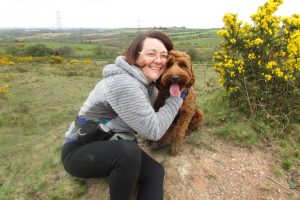
Life looks different now because I’m not battling against Fibromyalgia
I know what it is and it’s always there and that’s fine. That’s ok. Pain has a strong link with mental health and I have experienced depression and anxiety. I’ve learned it’s ok for me to say “I can’t do that today” instead of pushing on and doing everything at the fastest pace. I was very driven and I wanted to be the best but actually by pacing myself, I still get there. It takes a bit longer but my pain is better. I had to re-evaluate whether pushing myself like that was important to me really. I went back to my consultant after the PMP and told him it had been a real revelation for me. People are often against PMPs thinking learning about pain isn’t going to help them. But it’s more about figuring out what’s important to you and makes you happy and sometimes you don’t know until someone makes you sit down and think about it. Learning how to live with Fibromyalgia gave me ownership back of my life.


